Today, I want to show you how to prepare a traditional Cantonese dessert called red bean soup 红豆沙.
Red bean soup is in the category of Cantonese desserts called tong sui (糖水), which means sugar water. It is a popular item on the menu of most Chinese dessert houses in Hong Kong, Malaysia, and Singapore. The red bean soup is also regularly included in the Chinese banquet package as the concluding dish to wrap up a meal.
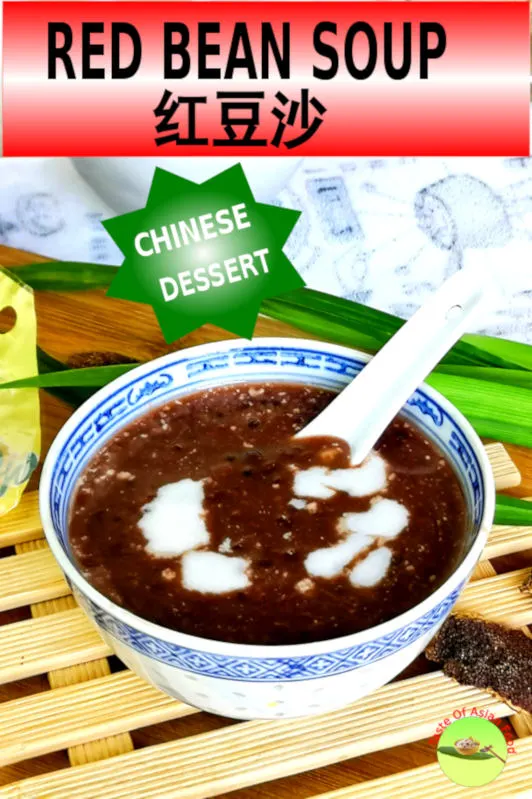
What may surprise you is how simple the ingredients required: only three ingredients: red beans, dried tangerine peel (chen pi), and rock sugar.
I am keeping this sweet dessert recipe simple. However, you can switch it up by incorporating some optional ingredients into the basic red bean soup recipe, which I will explain further in the following sections.
I will focus on preparing the Cantonese way, which requires each bean to burst open and disintegrate to form a concentrated suspension.
Let’s get into the details.
Note: This post may contain affiliate links. Please read my privacy policy for more info. I may receive commissions for purchases made through links in this post. As an Amazon Associate, I earn from qualifying purchases.
Step 1. Freeze the red beans
Here are the steps:
I’m using 300 g of red beans and three pieces (about 5g) of preserved tangerine peels in this recipe.
For the red beans
- Rinse the red beans with water twice to remove the impurities and dirt.
- Transfer the red beans into a freezer-safe container, and add enough water to submerge all the red beans. This method is not considered traditional but is incredibly useful, as it can reduce the cooking time substantially to achieve a homogenous texture. I am using this method to cook the Chinese porridge in another recipe on this blog. You can follow this link to get the recipe.
- Let the red beans be soaked in the water for a few hours to hydrate adequately. Three to four hours are sufficient but overnight is even better.
- Transfer the soaked beans to the freezer and freeze them overnight. The water that penetrates the red beans will transform into ice. Since the ice volume is about 10% larger than water, the pressure exerted by the ice within the beans will change the structure of the red beans, which causes them to disintegrate much faster while boiling.
For the dried tangerine peels,
Dried tangerine peels are a standard ingredient for the Cantonese Style red bean soup. The amount to use depends on the quality of the dried tangerine peels. For the three to four-year-old peels, the color is lighter, and the flavor is less. For those kept for more than ten years, the color is darker, and the taste is more intense. In this red bean soup recipe, I am using three pieces 15 years 15-year-old medium-sized dried tangerine peels, weighted about 5g.
- Soak the dry tangerine peels in cold water for fifteen minutes or until fully hydrated.
- Scrape off the pith (the inner side of the peels), which contains some bitter substance, with a metal spoon.
- Cut the tangerine peels into small pieces so that the peels will disintegrate completely during boiling.
Step 2. Simmer the red beans over medium heat
I suggest using a large pot with a thick bottom to cook the red bean soup. First, the soup can spill easily from the pot, and using a large pot will keep the kitchen clean. Secondly, the beans can burn quickly during cooking. You can avoid this by using a large pot with a thick bottom and high heat capacity, which can keep the soup at a constant boil with minimum heat.
- Transfer the block of frozen red beans into a pot. Heat it over low heat and wait until the ice is fully dissolved.
- Add the tangerine peels and water after the red bean block is fully melted. Cover and continue boiling over medium heat for an hour.
Pandan leaves
Pandan leaves are a pleasant addition to enhance the flavor of the red bean soup. In Malaysia, we use pandan leaves to flavor a variety of desserts, much like vanilla in Western countries. I normally used three to four pieces of pandan leaves for 300g of red beans. It is optional, just like the use of vanilla in Western desserts., Therefore, the quantity is entirely up to you.
After 1 hour, the color of the soup changed to maroon, which indicates the red beans have started to disintegrate. The beans now look soft and broken down.
3. Mashed the red beans
There are a few ways you can proceed from this point.
- The first method uses an immersion blender to blend the beans until they break up.
- The second method is to fish out the beans, mash them manually, and return them to the pot.
- The third method is not to do it manually but to put the beans into a food processor to speed up the work.
Either way will achieve the same purpose. However, using a food processor or blender, be careful not to over-process the red beans until pasty. I’m not making red bean paste. I’m looking for a red bean soup with which you will still expect to find some whole beans.
Since I’m doing it manually, I must remove the panda leaf first, then let it pass through a wire mesh strainer. Mash about 80% of the beans and keep the other 20% intact, so there are still some whole beans in the soup.
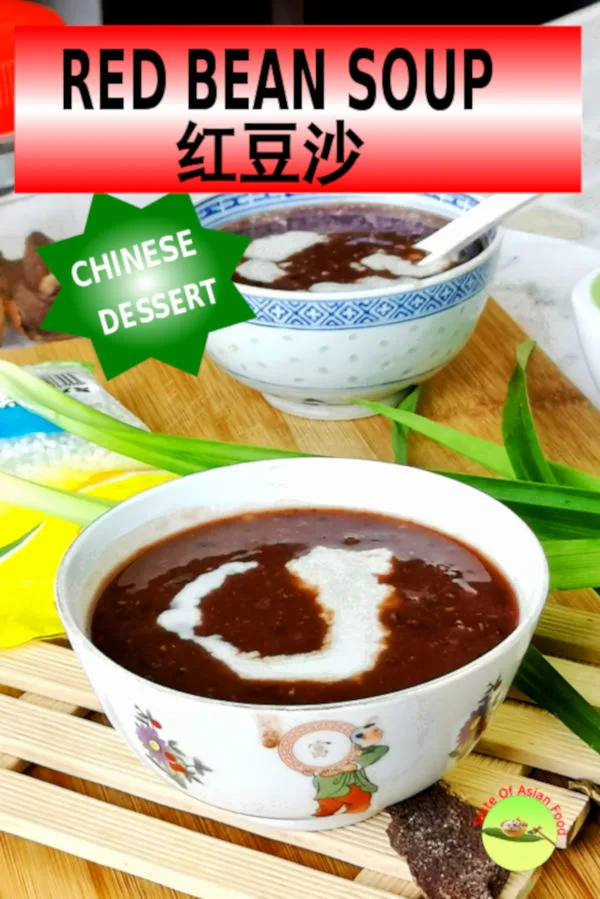
4. Sweeten with rock sugar
- I return the manually mashed or machine-processed red beans to the pot.
- Add the rock sugar and a little salt to balance the sweetness. It is a common practice to add sugar at this stage. Strangely, the red beans will take longer to soften if you add the sugar earlier. Sweetness is a personal preference so you can adjust according to your desire.
- At this point, the red beans should have disintegrated further to form a homogeneous suspension and thickened considerably.
- After adding the sugar and salt, do not cover the pot anymore; you must stir it constantly to avoid it from burning. Simmer over low heat for a further 30 minutes.
- Now, it comes to the final step. Turn off the heat and put it on the lid. Let it sit for 30 minutes, allowing the red beans to disintegrate further. (If you want it thicker.)
Rock sugar
Rock sugar is crystallized cane sugar. The taste is slightly milder and fruitier than ordinary white sugar. It is widely used to prepare Chinese desserts and cuisines that involve stewing and braising. You can substitute it with any sugar since the difference is minimal.
5. What texture is considered the best for red bean soup?
Red bean soups from different regions and countries have different textures and consistencys. However, according to the Cantonese style of red bean soup, the red beans should have disintegrated to the point that the soup’s texture is homogeneous and slightly ‘sandy.’ (The ‘sand’ is called the disintegrated red beans.) That’s why in Cantonese, it is called 红豆沙, which translates verbatim as ‘red bean sand.’
6. Optional ingredients
I have just explained how to prepare the traditional Cantonese-style red bean soup. Nevertheless, if you think the basic red bean soup recipe is too simple, you can switch it up by adding a few optional ingredients.-
a. Pandan leaves and coconut cream
Add a few pieces of pandan leaves to the soup while boiling. Pandan leaves, called screw pine leaves, are readily available in tropical countries such as Malaysia and Thailand. It contributes a unique aroma to the red bean soup.
Besides that, you can also swirl a tablespoon of coconut cream on top of a bowl of red bean soup before serving. It adds flavor to the red bean soup and doubles up as garnish.
Note: Sometimes, it is also labeled as coconut milk. Ensure it is meant for cooking, not those added with other ingredients, such as coconut drinks.
b. Sago 西米
Have you ever wondered what those translucent studs are suspended in the red bean soup? Those are the chewy and tiny sago pearls.
Sago comes in the form of small white pearls. If you like it, add a tablespoon of the pearls to the red bean soup and boil for twenty minutes. The sago pearls will turn translucent when cooked. The sago pearls’ presence will change the soup’s texture, which resembles congee. I prefer the red bean soup’s original texture, so I only add two tablespoons of sago.
Now it is your turn
The simplicity of making traditional Chinese red bean soup means you can prepare it easily at home. I suggest you presoaked and freeze the red bean in advance.
Depending on the weather and your preference, you can serve the red bean soup, either hot, cold, or warm.
If you like to serve it cold, please note that the red bean soup will become thicker if you chill it overnight.
Give it a try, and let me know the outcome by leaving your comment below. It does not take you long before you can enjoy a bowl of heartwarming traditional Cantonese dessert at home.
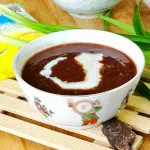
Red Bean Soup
Red bean soup 红豆沙 is in the category of Cantonese desserts called tong sui (糖水). The red bean soup is also frequently included in the Chinese banquet package as the final dish to wrap up a meal.
Ingredients
- 300g (10 oz) red beans
- 3 pieces pandan Leaves
- 3 pieces (about 3-5 grams) of dried tangerine peel (chenpi 陳皮)
- 1500ml (6 cups) of water
- A pinch of Salt
- 150g rock sugar
- 2 tbsp of sago
Instructions
- Rinse the red beans with water to remove the impurities.
- Soak the red beans overnight. (Optional: keep the red beans in the freezer to speed up the disintegration of the beans.).
- Add the pandan leaves and dried tangerine peels.
- Boil the red beans with water for one hour.
- Separate the beans from the liquid, mash the beans and then return to the pot.
- Soak the sago for 30 minutes to soften it.
- Add the soaked sago and rock sugar. Add water if necessary.
- Boil for a further twenty minutes. Serve.
Recommended Products
As an Amazon Associate and member of other affiliate programs, I earn from qualifying purchases.
Nutrition Information:
Yield: 6 Serving Size: 6 servingsAmount Per Serving: Calories: 160Total Fat: 0gSaturated Fat: 0gTrans Fat: 0gUnsaturated Fat: 0gCholesterol: 0mgSodium: 170mgCarbohydrates: 40gFiber: 3gSugar: 33gProtein: 2g
This data was provided and calculated by Nutritionix on 11/23/2019
Frequently asked questions
1. Is dried azuki beans the same as red beans?
Red azuki beans are another name for red beans. You can purchase it in most Asian markets and Asian grocery stores.
2. Can I use brown sugar to make sweet red bean soup?
The best sugar is the Chinese rock sugar. I have not tried using brown sugar and would stick to white sugar if rock sugar is unavailable.
3. Can I use tapioca pearls instead of sago pearls?
You can use small tapioca pearls, commonly used to make boba tea. However, sago pearls are much more common in general. Another way is to include some lotus seeds.
4. Does Hong Dou Gang mean red bean soup?
Hong Dou Gang directly translates the Chinese word 红豆羹, which means red bean soup.
5. Can I use slow cookies to make red bean soup?
Sure, it is a great way to keep things simple in the kitchen.
6. How much water is required to make the red bean soup?
I use 6 cups of water for 10 oz of red beans to make this sweet dessert soup.
7. How long do I need to cook using a pressure cooker?
Generally, it takes 30 minutes with the “Soup” mode of the electric pressure cooker.

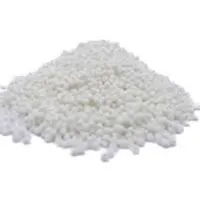
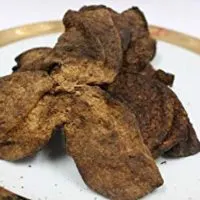
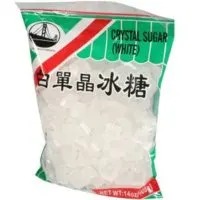
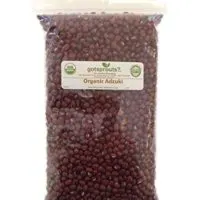
Whip Up a Comforting Bowl of Sweet Red Bean Soup
Tuesday 6th of January 2026
[…] a delicious bowl of sweet red bean soup at home is very rewarding. This traditional Chinese dessert is not only comforting but also full of […]
Authentic Chinese Scallion Pancake (Cong You Bing) Recipe
Saturday 27th of September 2025
[…] Red bean soup – a comforting sweet dessert made with just a few ingredients. […]
Chicken Noodles (怡保河粉)- How To Make Ipoh Hor Fun (authentic recipe)
Friday 18th of April 2025
[…] tone. It is widely used to prepare a Chinese dessert called tong sui 糖水, such as red bean soup. The flavor without the caramel tone is preferred by most Chinese. Since it’s a personal […]
Angie
Thursday 31st of March 2022
Thank you for the process of preparing it. It is very simple procedure. Suggestion… Put some hot red bean soup over vanilla ice cream. DELICOUS!!!! Try it you’ll like It. Angie
KP Kwan
Thursday 31st of March 2022
Thanks Angie for your suggestion :)
Susan
Wednesday 19th of January 2022
How and when can I add glutinous sweet rice? I’ve had it like that and enjoy it. Thanks.
KP Kwan
Thursday 20th of January 2022
You can add the glutinous rice at the same time with the red beans.